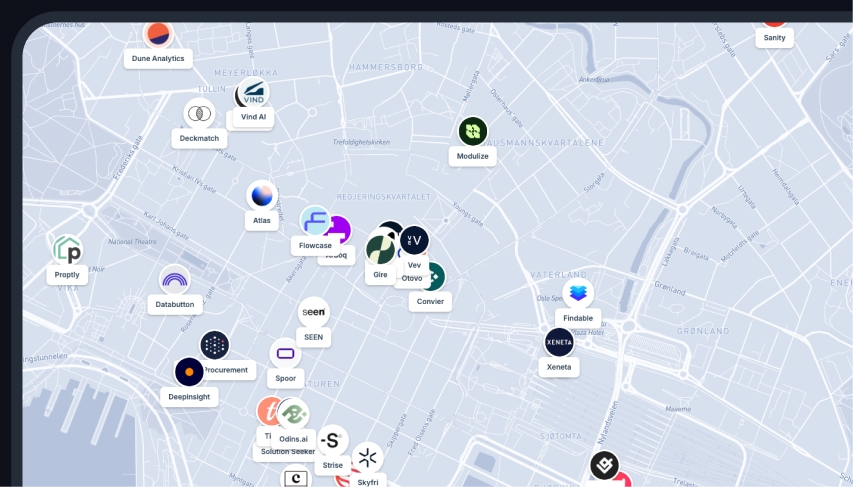Overview of the Seine River
The Seine River is one of France’s most iconic waterways. Stretching about 777 kilometers (483 miles), it flows from northeastern France to the English Channel. The river is best known for winding through Paris, where it passes some of the city’s most famous landmarks.
Where is the Seine River on the map?
The Seine begins in Burgundy, France, near the town of Source-Seine. It flows northwest through Paris, continues through Rouen, and empties into the English Channel at Le Havre.
A river at the heart of Paris
The Seine is a defining feature of Paris, dividing the city into the Left Bank and Right Bank. Along its banks, you’ll find some of the most famous landmarks in the world:
- Eiffel Tower: Located near the Seine, offering spectacular river views.
- Notre-Dame Cathedral: Situated on Île de la Cité, one of two islands in the Seine.
- Louvre Museum: The world’s most-visited museum, standing just off the riverbank.
- Pont Neuf: The oldest standing bridge in Paris.
- Musée d’Orsay: A former railway station turned into an art museum, overlooking the Seine.
The Seine’s role in history
The Seine has played a vital role in French history. The Romans settled along its banks, and it became a major trade route in medieval France. Over the centuries, it has inspired countless artists, poets, and writers, including Monet and Hemingway.
Economic and transportation importance
The Seine remains a crucial transportation route, supporting cargo shipping, tourism, and recreation. Barges and boats transport goods between Paris and the coast, while river cruises offer some of the best sightseeing in France.
Environmental challenges
The Seine faces modern challenges, including:
- Pollution: Industrial waste and urban runoff have affected water quality, though cleanup efforts have improved conditions.
- Flooding: The river has a history of flooding, with major events in 1910 and 2016 causing significant damage.
- Water management: Efforts are underway to maintain a balance between urban development and preserving the river’s ecosystem.
Conservation efforts
France has made significant progress in restoring the Seine. Water quality has improved so much that fish species that had disappeared from the river have returned. Plans are in place to allow swimming in the Seine for the 2024 Paris Olympics.
Work faster with spatial data
Easily import data, automate analysis and build spatial apps for the web, all within a single software.
FAQs
How long is the Seine River?
The Seine River is approximately 777 kilometers (483 miles) long.
Where does the Seine River start and end?
It starts in Burgundy, France, and flows into the English Channel at Le Havre.
Why is the Seine River famous?
It flows through Paris, passing iconic landmarks like the Eiffel Tower, Louvre, and Notre-Dame Cathedral.
Can you swim in the Seine River?
Currently, swimming is prohibited in most areas, but Paris plans to allow swimming in sections of the river for the 2024 Olympics.
What are the main threats to the Seine River?
Pollution, flooding, and urbanization pose challenges to the river’s health.
